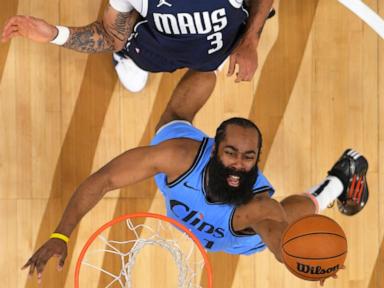
It is among the most famous and most watched horse race globally, viewed by about 800 million people around the world. The Grand National occupies a special place in the British sporting calendar, with the Liverpool meeting evoking excitement and nostalgia in equal measure.
Even if we watched no other horse race during childhood, we probably watched this one, encouraged by parents who had a flutter on a runner with a funny name they liked.
A third of all adults in Britain are expected to have placed a bet on today’s race, with some £150 million splashed out in total. And the Grand National Festival doesn’t just boost the coffers of the bookies: it is worth tens of millions to the local economy, too. In 2022, it netted some £60 million for the Liverpool City Region, according to researchers at Liverpool Business School.
But if the Aintree event, which stretches back 186 years, is something of a national institution, on a par with the tennis at Wimbledon or the FA Cup final, it certainly does not lack controversy. In the past 25 years, 66 horses have died during the three-day meeting and many more have been injured.

What makes the race a compelling spectacle has also made it a dangerous one over the years, say critics, with the course risky for both horses and their riders. One horse has already suffered a fatal injury during this year’s festival. Willy De Houelle, aged four, died after falling in the Juvenile Hurdle on Thursday, the Grand National’s opening day. Animal rights campaigners were quick to seize on the incident to call for change.
“The tragic death…illustrates why we need a new, independent regulator that has horse welfare as its number one priority,” said Emma Slawinski, chief executive of the League Against Cruel Sports, in a statement that day. “We need to replace the British Horse Racing Authority, make immediate moves to outlaw the whip and stop sacrificing horses for entertainment and the profits of the gambling companies.”
In previous years, protesters incensed by perceived animal cruelty have disrupted the main event, most recently in 2023, when the steeplechase was delayed by almost 15 minutes after members of the Animal Rising group tried to glue themselves to a fence.
This came 30 years after the four-mile race was voided altogether, following a long delay caused by protesters who had to be removed from the course, and then two false starts.

But the Grand National of today (which takes in 30 jumps) is not the event it once was. A number of changes have been made to ...



